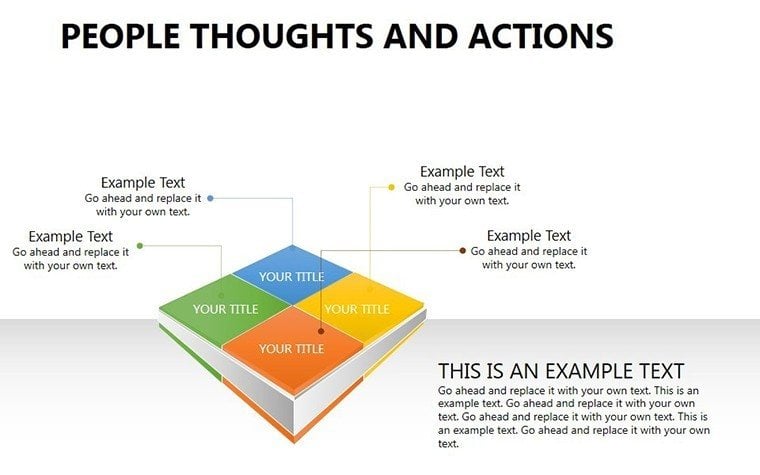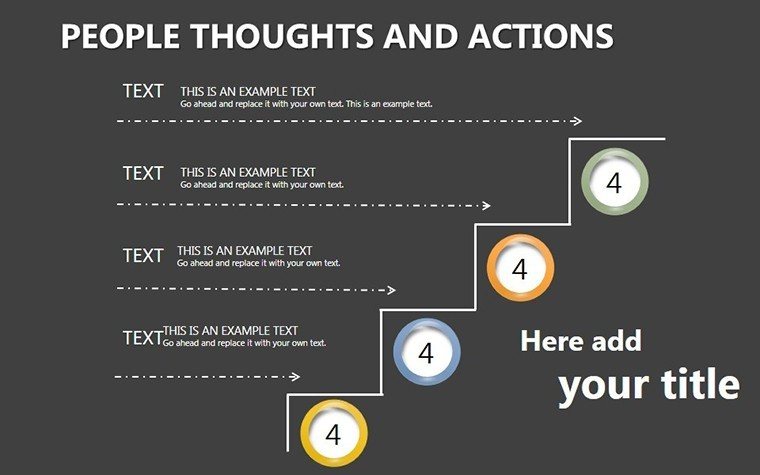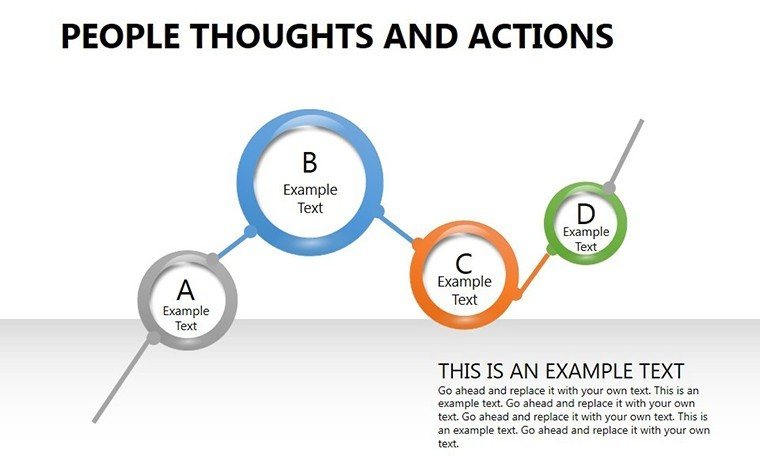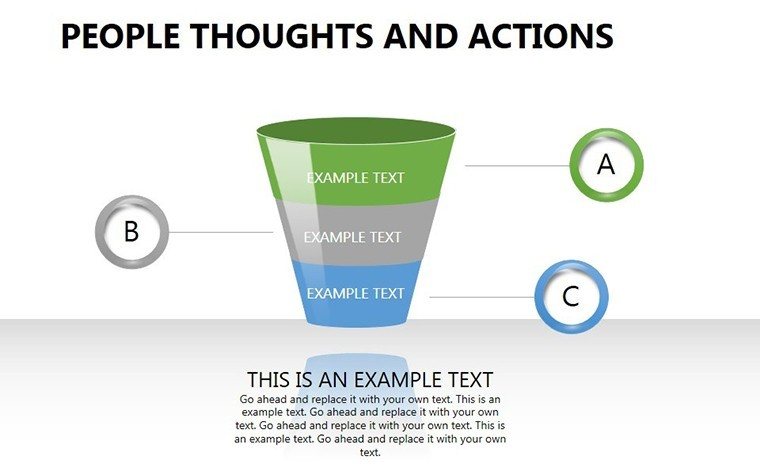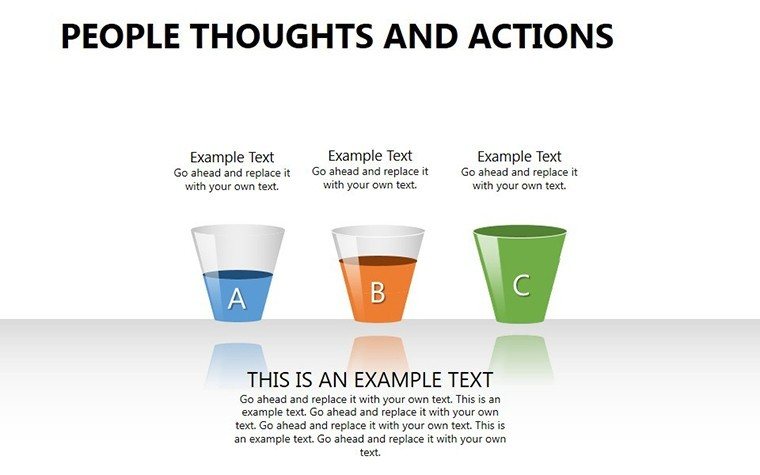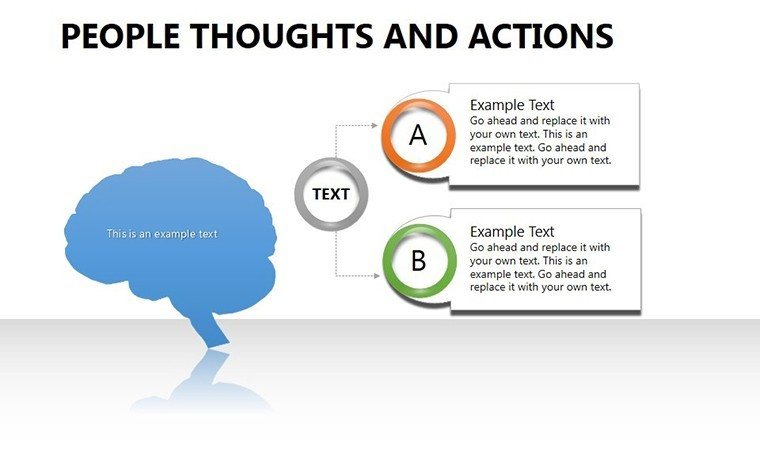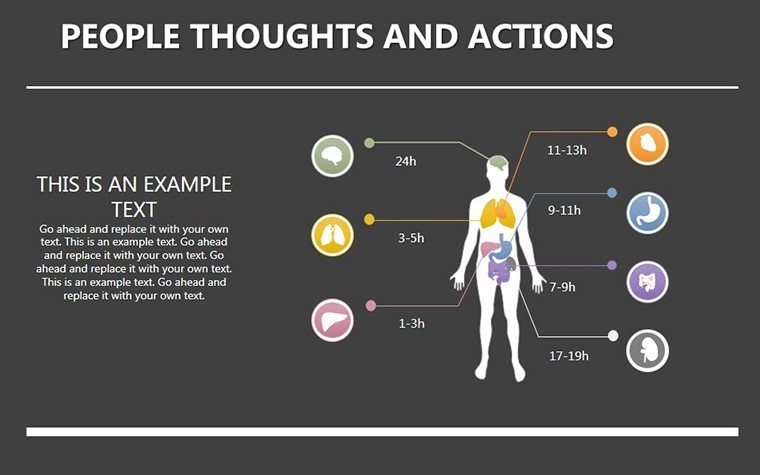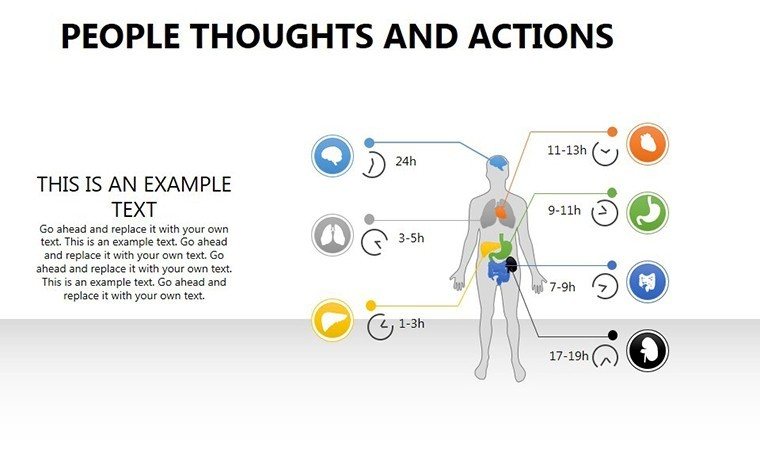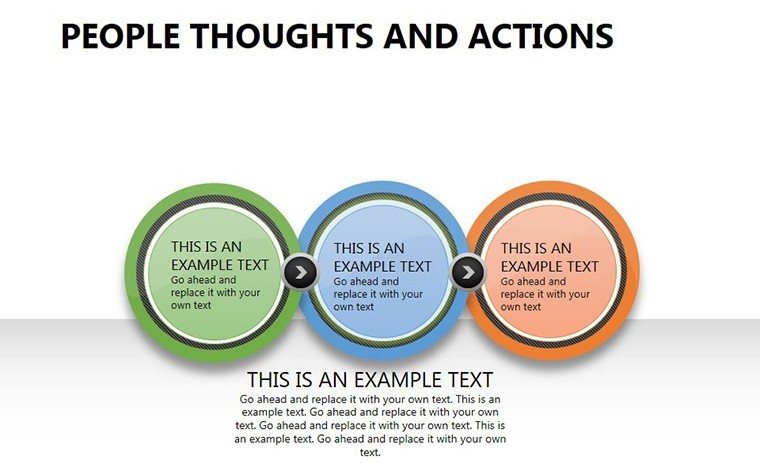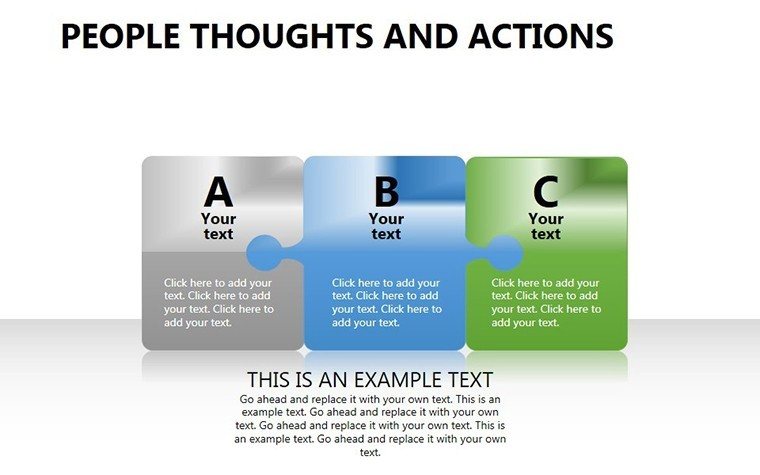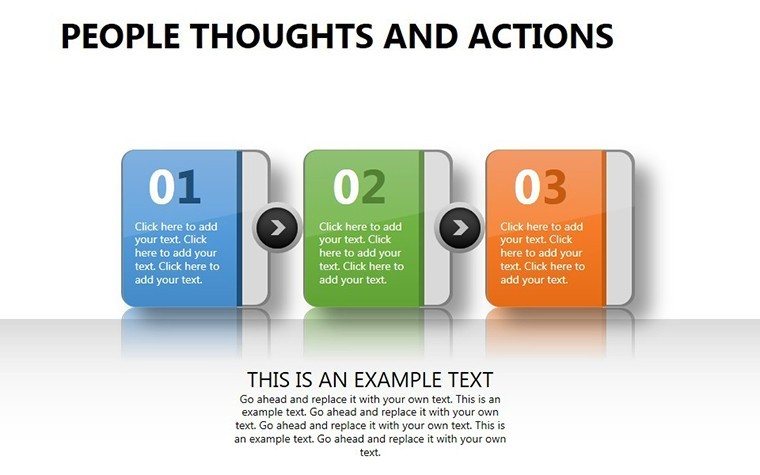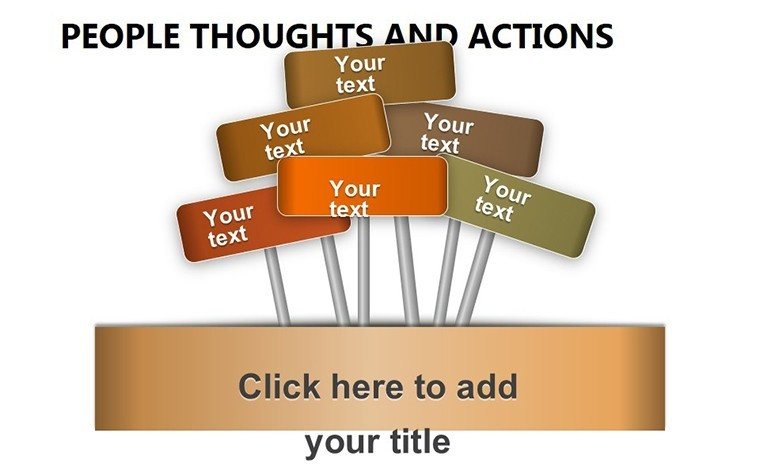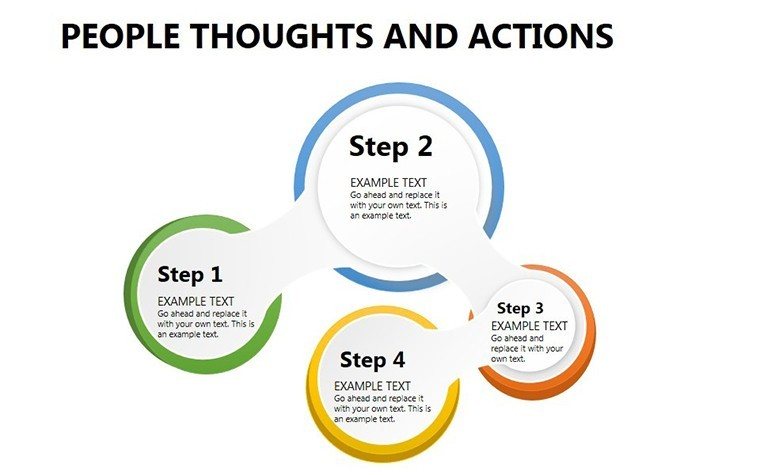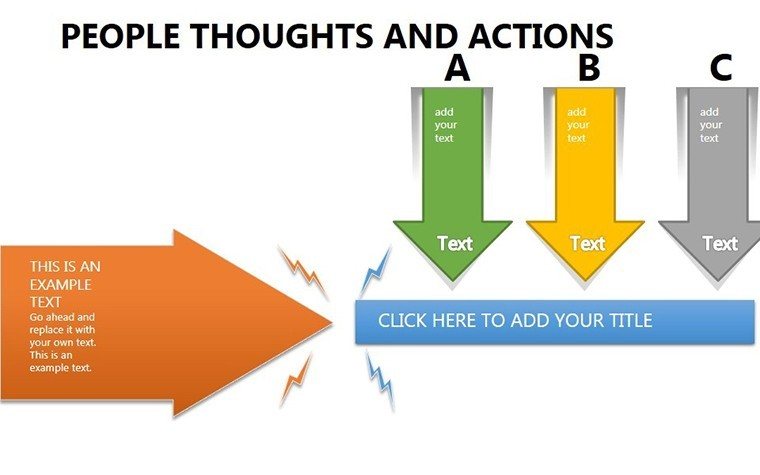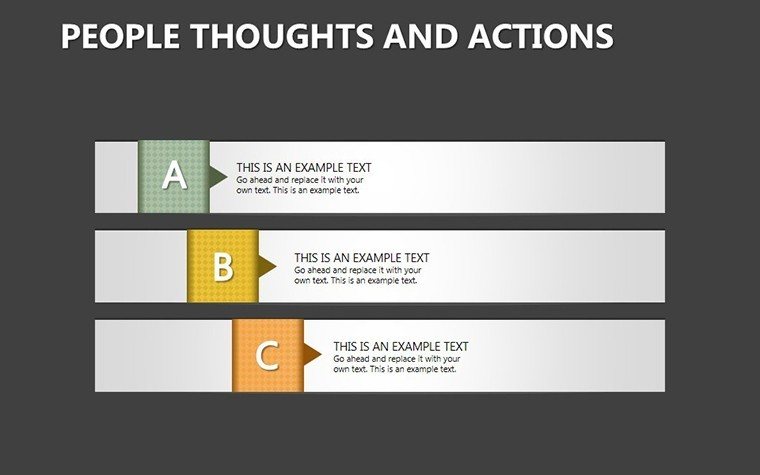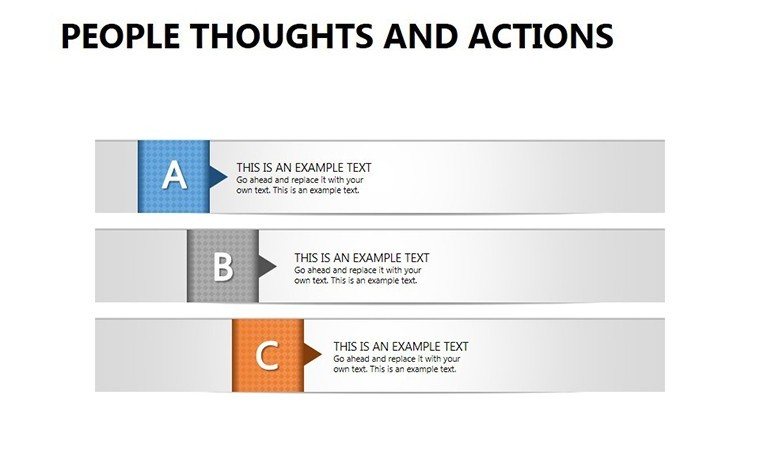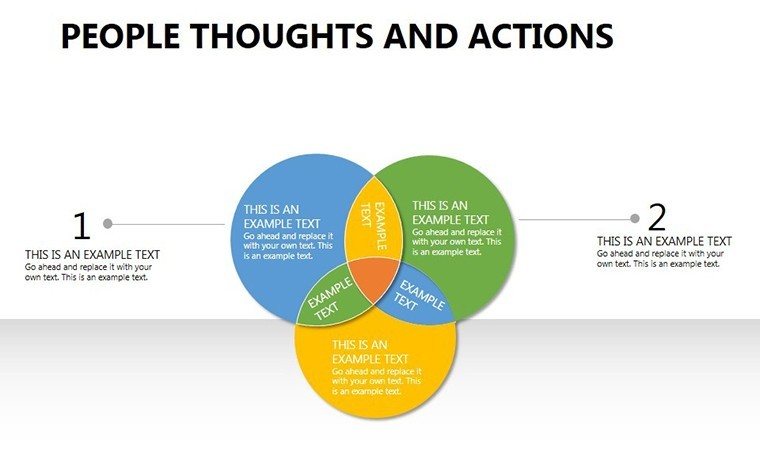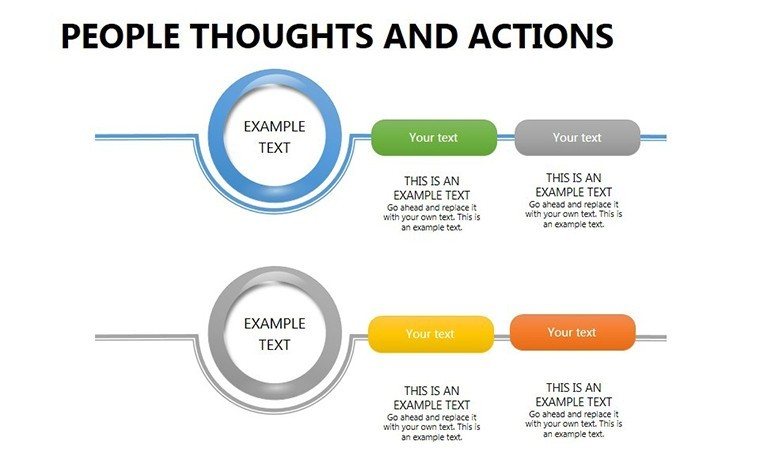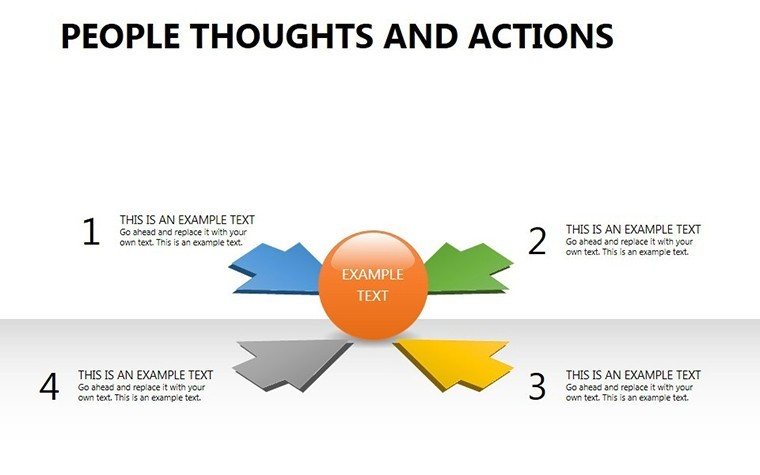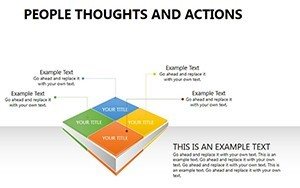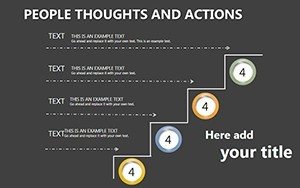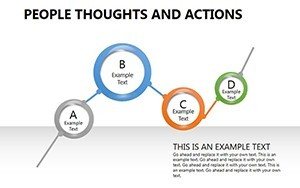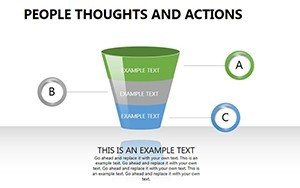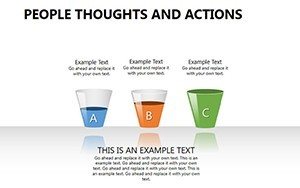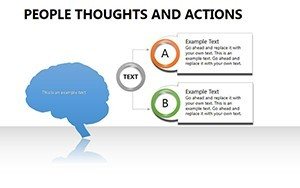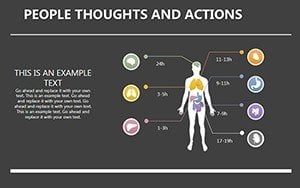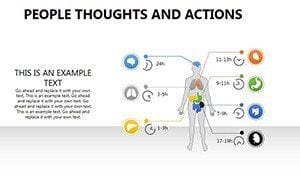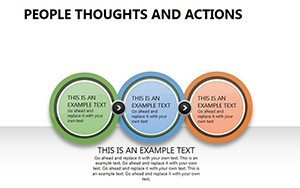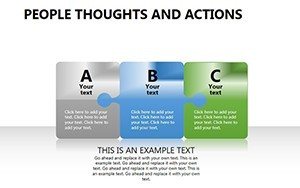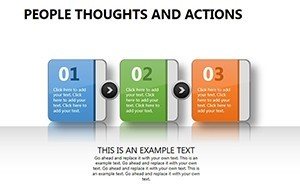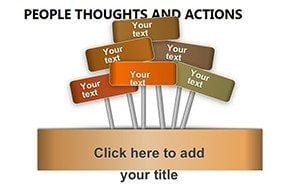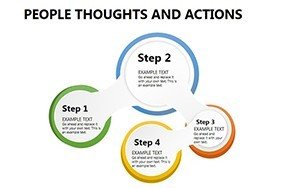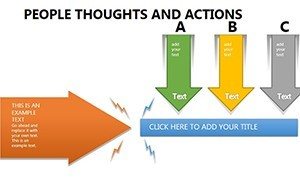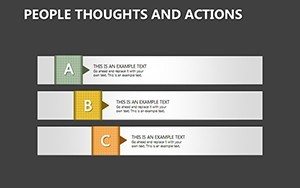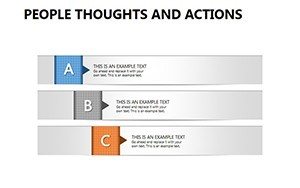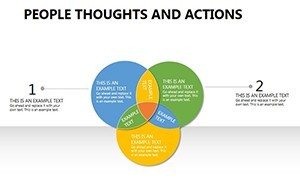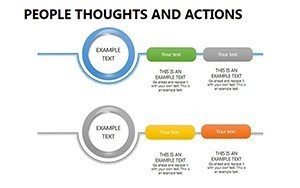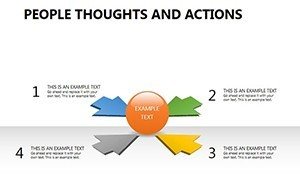Promo code "00LAYOUTS"
People Thoughts and Actions PowerPoint Charts Template
Type: PowerPoint Charts template
Category: Medicine - Pharma, Relationship
Sources Available: .pptx
Slide size: widescreen (16:10)
Product ID: PC00254
Template incl.: 19 editable slides
Architecture isn't just about structures; it's about people - their thoughts, behaviors, and interactions within spaces. Our People Thoughts and Actions PowerPoint Charts Template captures this essence with 19 editable slides that merge relationship dynamics and medical-themed elements, perfect for human-centered design presentations. Tailored for architects exploring biophilic design or ergonomic layouts, it helps visualize how user psychology influences building functionality. Compatible with PowerPoint and Google Slides, this tool allows effortless customization to incorporate your project's narrative. From illustrating occupant flow in healthcare facilities to analyzing team collaborations in office redesigns, it draws on insights from fields like environmental psychology, as studied by experts at the International Academy for Design and Health. This template not only saves design time but also elevates your pitches, making abstract human factors tangible and compelling for clients seeking spaces that enhance well-being.
Humanizing Architecture Through Insightful Visuals
In today's user-focused era, understanding thoughts and actions is key to creating responsive environments. This template's charts depict behavioral patterns, such as how natural light affects mood in residential projects, using editable elements that align with AIA's emphasis on health-promoting designs. Real-world applications, like those in hospital architecture by firms such as Perkins&Will, show how these visuals aid in stakeholder buy-in by linking data to human experiences.
Core Features for Creative Expression
- Medical and Relationship Themes: Charts integrating health metrics with interpersonal dynamics.
- Customization Freedom: Add images, alter layouts for project-specific storytelling.
- Widescreen Format: Optimized for modern displays in virtual or live settings.
- Icon Integration: Symbols for thoughts (bulbs) and actions (arrows) to enhance narratives.
- Platform Agnostic: Smooth operation in PowerPoint or Google Slides.
These enable architects to craft presentations that resonate on an emotional level, fostering deeper client connections.
Versatile Applications in Design Practice
Use it to map user journeys in public spaces, contrasting thoughtful planning against reactive actions in urban plazas. For educators, it's invaluable in courses on human factors, referencing studies from the Journal of Environmental Psychology. In practice, it supports proposals for wellness-oriented buildings, quantifying benefits like reduced stress through visual data.
Steps to Personalize Your Human-Centered Pitch
- Load the template and select a behavioral chart slide.
- Input data: E.g., user feedback on space interactions.
- Enhance with visuals: Embed sketches or photos of prototypes.
- Refine themes: Adjust colors to evoke calm or energy.
- Deliver with confidence: Use animations to reveal insights progressively.
This workflow turns concepts into convincing arguments for people-first architecture.
Beyond Basic Charts: A Step Above
Generic tools miss the nuanced blend of medicine and relationships this template offers, providing depth for specialized fields like healthcare design. It's premium quality ensures standout presentations at events like NeoCon.
Design Tips for Impactful Storytelling
- Focus on empathy: Link charts to real user stories.
- Balance elements: Mix quantitative data with qualitative insights.
- Incorporate diversity: Represent varied user demographics.
- Use subtlety: Avoid overload with clean, focused visuals.
- Evolve iteratively: Update based on project feedback loops.
These strategies can humanize your work, leading to more meaningful built environments.
Embrace Human-Centric Design - Download Here
Unlock the potential of thoughts and actions in your architecture. Grab this template to create spaces that truly connect.
Frequently Asked Questions
How medical-focused are the charts?
They include health themes but are adaptable for broader uses.
Can I add custom images?
Yes, easily insert your own for personalized relevance.
Is it widescreen only?
Primarily, but adjustable for standard formats.
Suitable for team presentations?
Ideal, with collaborative editing support.
What if I need medical-specific expansions?
Customize or contact for tailored add-ons.

